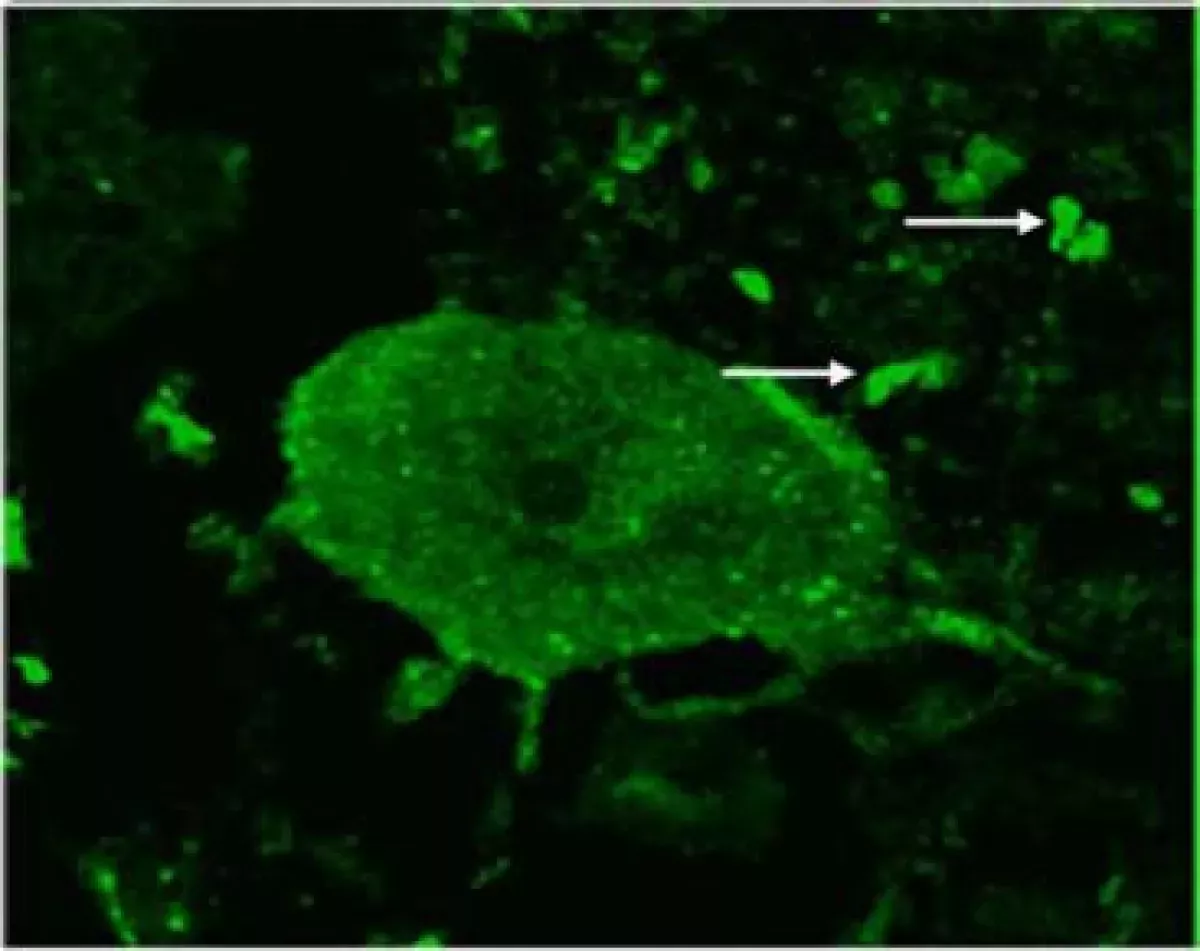Stiff-person syndrome (SPS) is a rare neurological disorder marked by progressive muscle rigidity and stiffness, mainly affecting the truncal muscles. This stiffness leads to spasms and postural deformities. Common symptoms include chronic pain, impaired mobility, and lumbar hyperlordosis. The cause of SPS is currently unclear.
1956: Moersch and Woltman Describe Stiff-Man Syndrome
In 1956, Frederick Moersch and Henry Woltman first described Stiff-Person Syndrome, initially naming it "stiff-man syndrome," based on 14 observed cases over 32 years.
1956: First Description of Stiff-Person Syndrome
In 1956, Stiff-Person Syndrome (SPS) was first described in medical literature, marking the initial recognition of this distinct condition.
1963: Diazepam Found to Alleviate Symptoms
In 1963, diazepam was determined to help alleviate symptoms of Stiff-Person Syndrome (SPS).
1967: Clinical Diagnostic Criteria Developed
In 1967, Gordon et al. developed clinical diagnostic criteria for Stiff-Person Syndrome, noting persistent tonic contraction and constant firing even at rest.
1975: First Case of Paraneoplastic SPS Found
In 1975, the first case of paraneoplastic Stiff-Person Syndrome was found.
1988: Autoantibodies Against GAD Discovered
In 1988, Solimena et al. discovered that autoantibodies against GAD (glutamic acid decarboxylase) played a key role in Stiff-Person Syndrome.
1988: Corticosteroids First Used for Treatment
In 1988, corticosteroids were first used to treat Stiff-Person Syndrome (SPS).
1989: Adoption of SPS Diagnostic Criteria
In 1989, criteria for an SPS diagnosis were adopted, which included episodic axial stiffness, progression of stiffness, lordosis, and triggered spasms.
1991: Name Change to Stiff-Person Syndrome
In 1991, the name of the disease was changed from "stiff-man syndrome" to the gender-neutral "stiff-person syndrome".
1993: Antiamphiphysin Shown to Play a Role
In 1993, antiamphiphysin was shown to play a role in paraneoplastic Stiff-Person Syndrome.
1994: First Use of Intravenous Immunoglobulin
In 1994, the first use of intravenous immunoglobulin to treat Stiff-Person Syndrome (SPS) was reported.
2000: UK Study of SPS Cases
Between 2000 and 2005, a study in the United Kingdom identified 119 cases of Stiff-Person Syndrome.
2005: UK Study of SPS Cases
Between 2000 and 2005, a study in the United Kingdom identified 119 cases of Stiff-Person Syndrome.
2006: Role of GABARAP Discovered
In 2006, the role of GABARAP in Stiff-Person Syndrome was discovered.
December 2022: Céline Dion Announces SPS Diagnosis
In December 2022, singer Céline Dion announced that she is suffering from Stiff-Person Syndrome, which resulted in cancelled performances.
July 2024: Céline Dion Performs at Paris Olympic Games
In July 2024, Céline Dion performed "Hymne à l'amour" at the opening ceremony of the Paris Olympic Games, marking her first public performance since her diagnosis with Stiff-Person Syndrome.
Mentioned in this timeline
The modern Olympic Games are a leading international sporting event...
Trending

6 months ago Drew Carey's 'Price Is Right' buzz: Player wins big, spills secrets, and stuns fans.
2 months ago Prince George's Royal Debut: Joins Kate, King Charles at Remembrance Festival.
6 months ago Egypt seeks regional stability via dialogue, rejects Israeli escalation, Sissi tells Iran.

3 months ago Neil Patrick Harris and David Burtka Release New Cocktail and Mocktail Recipe Book.
5 months ago Musk Threatens Apple with Lawsuit Over App Store and OpenAI Favoritism.
3 months ago IonQ Stock Surges After Quantum Networking Breakthrough: A Quantum Internet Revolution?
Popular

XXXTentacion born Jahseh Dwayne Ricardo Onfroy was a controversial yet...

Ben Shapiro is a prominent American conservative political commentator media...

Candace Owens is an American conservative political commentator and author...

William Franklin Graham III commonly known as Franklin Graham is...
The Kennedy Center Honors are annual awards recognizing individuals and...

Stranger Things created by the Duffer Brothers is a popular...
